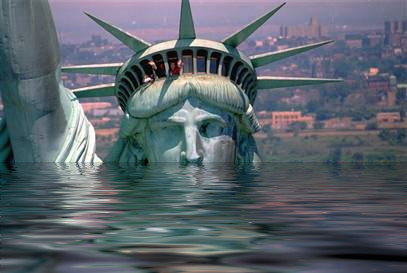- Sep 14, 2011
- 63,947
- 9,979
- 2,040
7 Landmarks to Visit Before Climate Change Ruins Them | TakePart
A short photo essay, worth a look. Especially if you don't plan to actually see them.
With temperatures and sea levels on the rise, time is running out on your opportunity to see some of the world's most beautiful landmarks.
A short photo essay, worth a look. Especially if you don't plan to actually see them.






